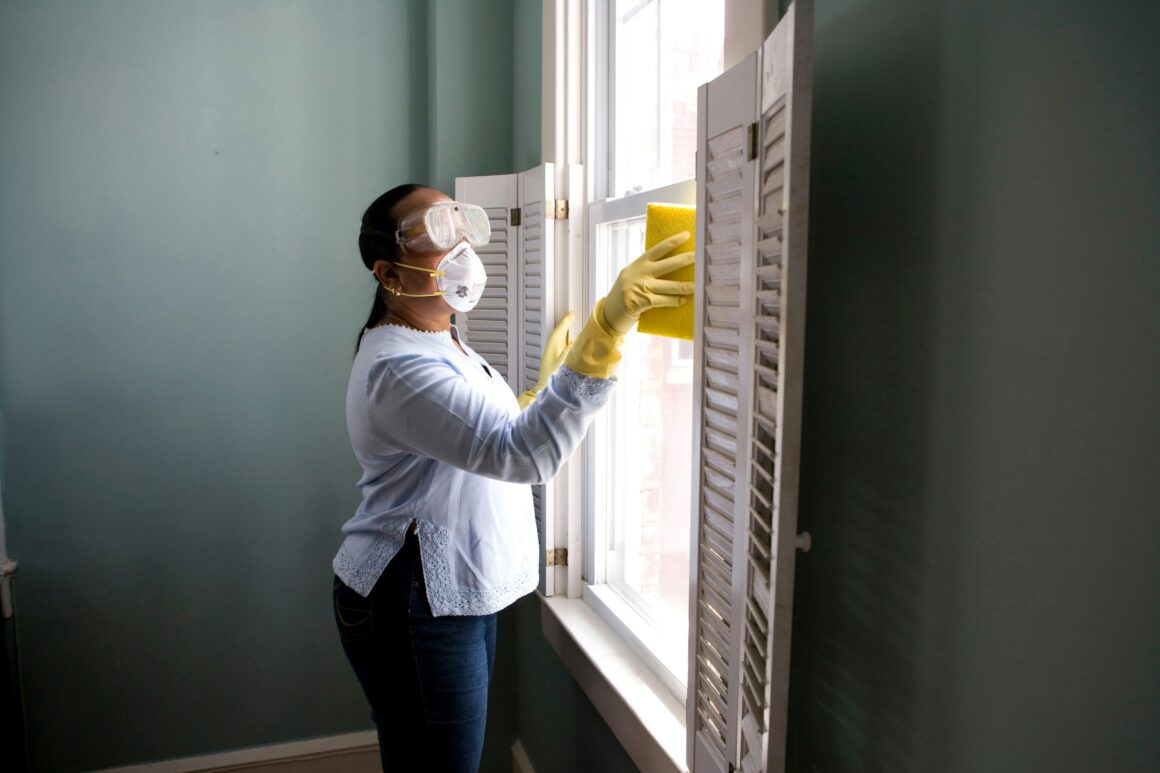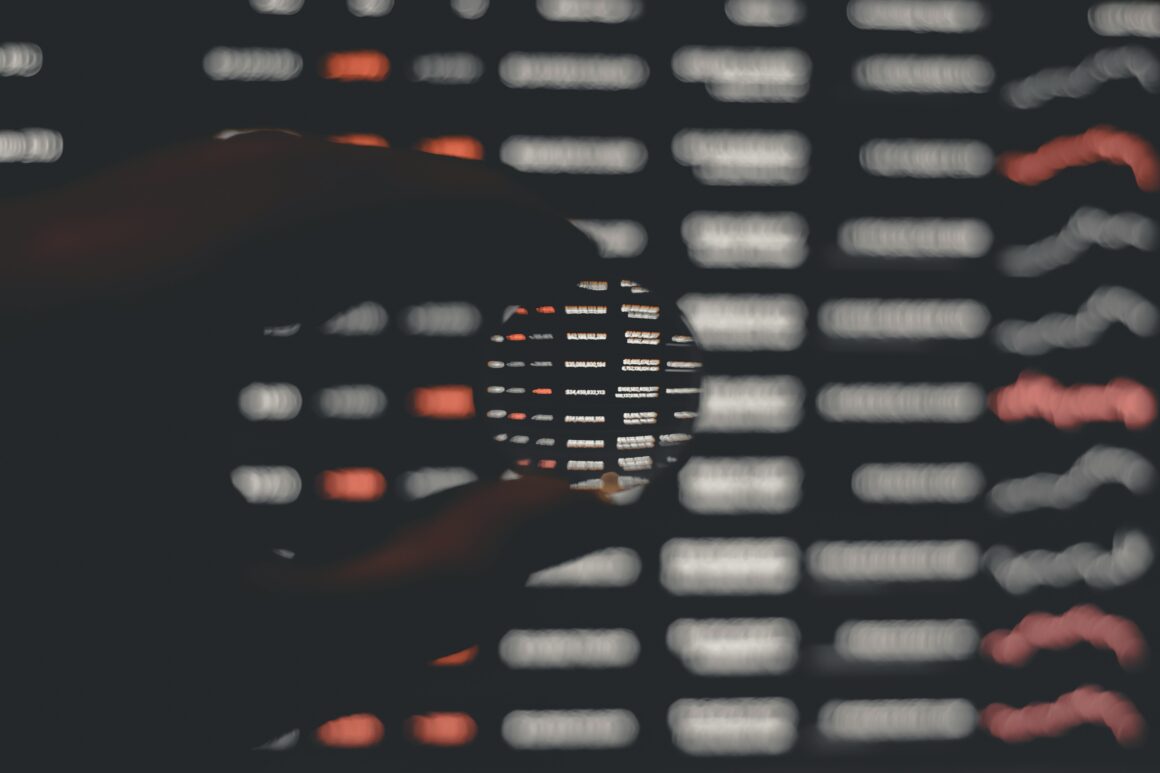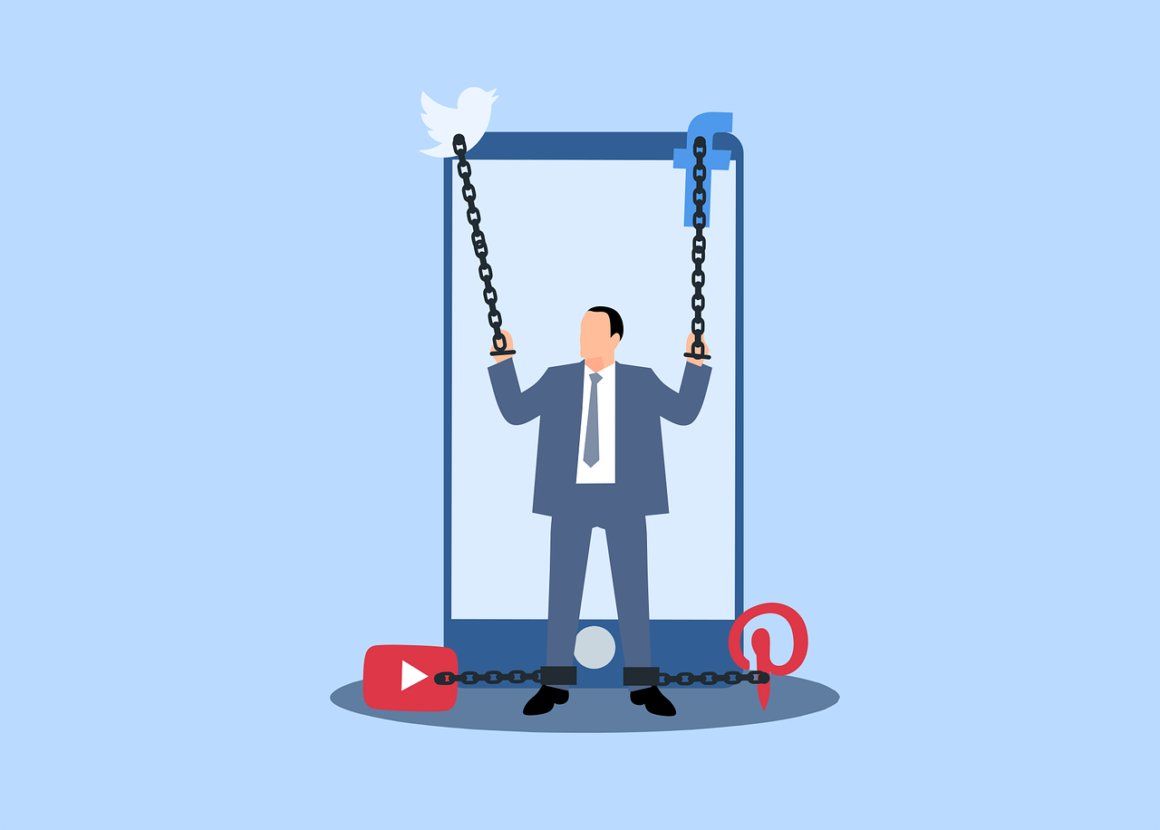While there has been a sharp decline of inmate population, at Rikers Island located in Elmhurst, Queens, the population of inmates that committed low level crimes has not gone unnoticed. From the start of the mid 1960’s, Rikers has expanded for women, the LGBT community and men twice. For a place that covers 413 acres, it is not just to say that every single prisoner has committed a high offense crime.
Take for example former prisoner, Kalief Browder, who served several years on Riker’s without being convicted of a crime. Another example similar to this is shared by a woman named Eady who served time in jail for purchasing crack for five dollars. Though the definition of a crime is illegal activities, it is unfair for inmates to face harsh conditions. The issue is the mental influence on prisoners who face an unfair amount of years for doing or even being suspected of a minor misdemeanor. For a seventeen-year-old, Browder’s two years spent in solitary confinement led to several suicide attempts. Patiently waiting for a trial for three years was not deserved for being accused of stealing a backpack.
After reading an article that echoed the story of Sharanda Jones who spent sixteen years in a federal prison for participating in a drug conspiracy, made me question why more time is served for having crack rather than cocaine. This women who had been accused distributed the narcotics, would possibly serve the rest of her life without parole in prison. After reading on her own website , that sixteen years were taken away from mothering her daughter. It hit home when I realized that the time she spent in jail was equivalent to my time spent on Earth. Though she did not spend time in New York City, she did and still faces the extreme circumstances in the Floridian prison system.
Irregardless, people should not face maximal sentences when committing a nonviolent crime, especially for their first offense. Inspired by Browder’s unfortunate death, rapper Jay-Z payed homage in his film Time: The Kalief Browder Story. His vocal support for New York City’s mayor, Bill De Blasio’s move to close Riker’s Island, is an example of how advocacy can go along way. Knowing how prisons can control both the physical and metal qualities of a person portrays how inequitable the criminal justice system can operate.




